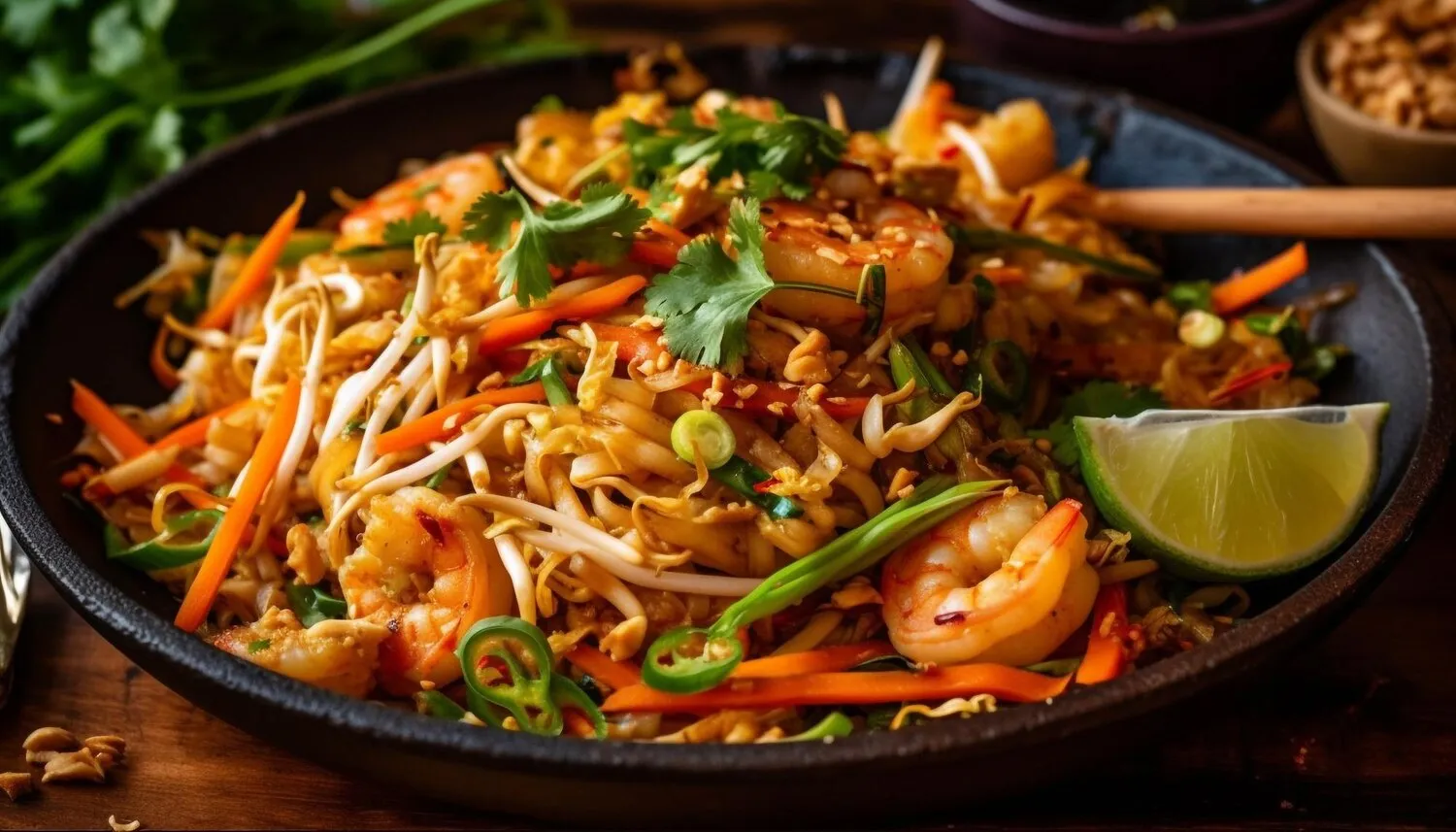
Noodles with Spicy Sauce
Noodles served with a flavorful spicy sauce.
Nutrition Facts
* The % Daily Value (DV) tells you how much a nutrient in a serving of food contributes to a daily diet. 2,000 calories a day is used for general nutrition advice.
Noodles have a long history in China, dating back over 4,000 years. Spicy sauces developed as chili peppers, introduced from the Americas, became integrated into Chinese cuisine, especially in regions with cooler climates where spice was used for warmth and preservation.
Noodles with Spicy Sauce reflects the communal dining traditions of China. It's often enjoyed as a quick and satisfying meal, easily customizable to individual spice preferences and dietary needs.
Regional Variations
Different regions of China have their own unique takes on the dish. Sichuan Dan Dan noodles are known for their numbing Sichuan peppercorns, while other variations may incorporate black bean sauce or peanuts.
Street Food Staple
Noodles with Spicy Sauce is a popular street food item, readily available from vendors throughout China. The affordability and portability of the dish make it a convenient option for busy individuals.
Symbolism
In Chinese culture, long noodles often symbolize longevity. While not always the primary intention with this dish, enjoying noodles is generally seen as auspicious.
Noodles with Spicy Sauce offers a complex flavor profile characterized by savory, spicy, and slightly sweet and tangy notes. The interplay of various ingredients creates a well-balanced and intensely satisfying dish.
The dominant flavor is, of course, spice, derived from chili oil, chili flakes, or fermented chili bean paste (doubanjiang). Savory elements come from soy sauce, sesame oil, and often ground meat (usually pork). A touch of sweetness is added with sugar or rice vinegar, while garlic and ginger contribute aromatic complexity. The noodles themselves provide a neutral base, soaking up the sauce's rich flavors.
Spice Level Adjustment
Start with a small amount of chili oil or chili flakes and gradually increase until you reach your desired spice level. Remember that the spice can build over time.
Noodle Texture
Cook the noodles al dente to prevent them from becoming mushy in the sauce. Different types of noodles, such as wheat noodles or rice noodles, can also influence the texture of the dish.
Sauce Consistency
Adjust the amount of liquid in the sauce to achieve your preferred consistency. Some prefer a thicker, clingier sauce, while others prefer a thinner, more soupy version.
Ingredient Quality
Use high-quality ingredients for the best flavor. Good soy sauce, sesame oil, and chili oil will make a significant difference in the final result.
Explore additional Noodles dishes and restaurants
Explore NoodlesDiscover top dining spots and culinary experiences in Perth.
Explore PerthLearn more about the food culture, restaurant scene, and culinary heritage of Australia.
Explore Australia